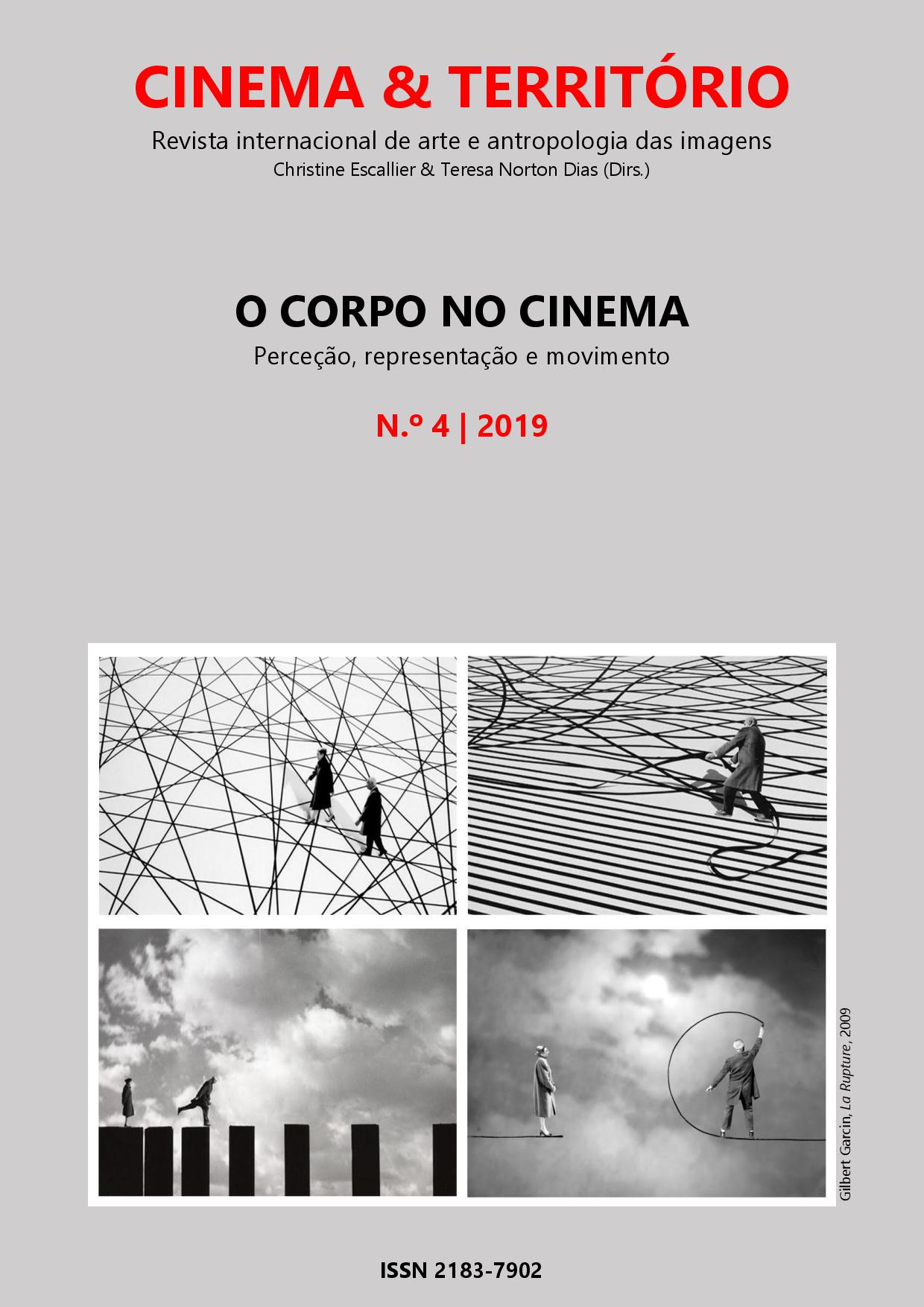Hyptic, Body and Landscape in three key films of Portuguese cinema
DOI:
https://doi.org/10.34640/universidademadeira2019castellobrancoKeywords:
haptic visuality, body, landscape, portuguese cinemaAbstract
In this essay I will try and develop the concept of haptic visuality, departing from three important films of the history of Portuguese Cinema: The Dance of the Paroxysms (Jorge Brum do Canto, 1929), Change of Life (Paulo Rocha, 1967) and The Zone (Sandro Aguilar, 2008). I will begin with an introduction to the concept of haptics, as Alois Riegl originally conceived it. Next, I will engage in a specific analysis of the above films, starting with Brum do Canto’s The Dance of the Paroxysms. I will try and examine the unique relationship Brum do Canto establishes between haptic visuality and the subversion of Portuguese rural landscape. I will proceed with an analysis of Paulo Rocha’s Change of Life, focusing on what I consider to be the main aesthetic element of the work: the composition of a space that dwells in a continuous passage between physical relations with reality and emotional and social ones. I will conclude with a brief examination of Sandro Aguilar's The Zone, trying to assess how this film incorporates practices typically denoted as haptic, a concept that I will once again try and develop.
References
Aguilar, S. (2008). Sinopse de A Zona. Disponível no site oficial da produtora: http://osomeafuria.com/filmes/info/39.
Benjamin, W. (1991). L´œuvre d'art à l’époque de sa reproduction mécanisée. Écrits Français. Paris: Gallimard.
Deleuze, G., (2003). Francis Bacon, The Logic of Sensation. London: Continuum.
Houaiss, Antônio e Villar, M. de S. (2003). Dicionário Houaiss da Língua Portuguesa Lisboa: Temas e Debates.
Marks, L. (2000). The Skin of the Film. Durham: Duke University Press.
Merleau-Ponty, M. (1966). Sens et non-sens, Paris, Éditions Nagel.
Panofsky, E. (1991). Perspective as Symbolic Form. New York: Zone Books.
Parisi, D. (2018). Archaeologies of Touch: Interfacing with Haptics from Electricity to Computing. Minneapolis: University of Minnesota Press.
Paterson, M. (2016). Seeing with the Hands: Blindness, Vision, and Touch after Descartes. Edinburgh: Edinburgh University Press.
Riegl, A. (1901). Spätrömische Kunstindustrie. Tradução para inglês: Riegl, Alois Late Roman Art Industry. Roma: Giorgio Bretschneider Editore, 1985.
Riegl, A. (1902). Spätrömisch oder orientalisch? Allgemeine Zeitung, München Beilage 93-94, 153-156. Tradução para inglês: Riegl, Alois. Late Roman or Oriental? Schift, Gert (Ed.) (2004). German Essays on Art History. New York: Continuum.
Sapeta, Inês, (2013). Paisagem. Sobre a reconfiguraçãoo cinematográfica da descrição da natureza (283-301). Grilo, João Mário (Org.). Cinema e Filosofia - Compêndio.
Lisboa: Edições Colibri.
Sobchack V. (2004). Carnal Thoughts: Embodiment and Moving Image Culture. Berkeley: University of California Press.
Viegas, S. (2013). Maurice Merleau-Ponty. Film and Philosophy: Mapping an Encounter. Lisboa: Instituto de Filosofia da Linguagem. Disponível em: http://filmphilosophy.squarespace.com/1-maurice-merleau-ponty.
Filmografia
A Dança dos Paroxismos, Jorge Brum do Canto, realizador (Mello Castello Branco,1929) [Filme].
A Zona, Sandro Aguilar, realizador (O Som e a Fúria, 2008) [Filme].
Mudar de Vida, Paulo Rocha, realizador (Produções Cunha Telles, 1966) [Filme].
Downloads
Published
How to Cite
Issue
Section
License
Copyright (c) 2019 Patrícia Silveirinha Castello Branco

This work is licensed under a Creative Commons Attribution-NonCommercial 4.0 International License.
For more information follow the link: CC Atribuição-NãoComercial 4.0








